A Dairy in the Desert
November 26, 2020
1 Comments
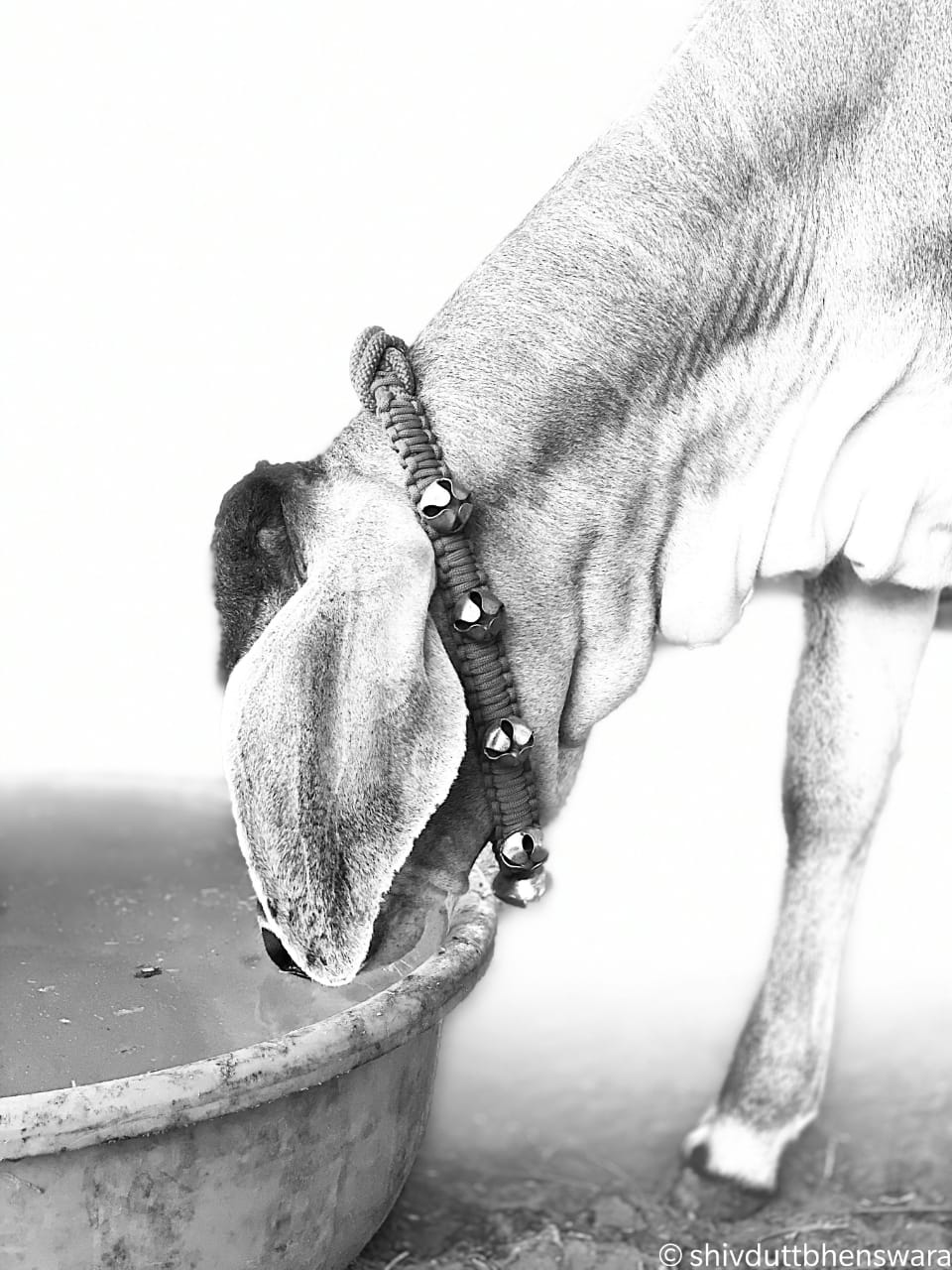
More than 20 years ago Shivika’s parents set up a small resort called Shivika right next to a lake with views of forests on all sides near the Jain temple of Ranakpur. She recalls, “I used to take people on safari driving a Mahindra 540 jeep or I would stand at the back of the jeep when my father was driving with a spotlight and binoculars to spot wildlife in the forests of Kumbhalgarh Wildlife Sanctuary. A young girl to be taking people for village tours or wildlife spotting excited attention, and people started at me as if I was an alein, but my daddy always encouraged me and I soon became comfortable with this role of taking tourists for sightseeing and safaris.
As I come from a family who has been always rooted in the village of Bhenswara, a short distance from Jalore, I feel well connected with locals and always wished to work with them as a team’’
She was married in Sattasar village of Bikaner district. Together with their husband Abhimanyu, she has been running jungle camps in different places of Rajasthan. She also started Kesariya events & wedding planners, which specialises in theme weddings.
“The dairy idea clicked my mind a few years back when I was in Sattarsar village where the Rathi breed of cattle is a major source of livelihood for many people in the. Bikaner, Ganganagar and Hanumangarh districts. This is a heat-tolerant breed and iis resistant to most local diseases’’, Shivika says, elaborating, “thus we made our own dairy in the name of Gaukesari – we have our own cows plus we collect milk from small farmers to give them employment. We make ghee and other milk products. I recommend these breeds highly for all prospective dairy farmers in the desert and semi-arid parts of India, we have found these breeds do well both in
scorching summer and chilly winter climates, and also are good for years with low rainfall in the monsoon as they need less water and fodder than many commercial breeds. Its milk is nutritionally rich and is considered an immunity booster. This breed yields good profits in terms of fodder and other costs as opposed to milk yield’’.
After their success with the Rathi cows, she says they built a dairy farm in Jalore district with the Kankrej breed. Shivika says, `the Kankrej originates from the Banaskantha district of Gujarat and the area around the Rann of Kutch, and also thrives in Sirohi, Jalore and Barmer districts of Rajasthan.It is a powerful breed, perhaps the heaviest among the Indian native breeds, that is fairly good milk producer and excellent draught cattle for loads. We have had much success with this breed at our farm and dairy’’. They have also invested recently in the Thar Parkar breed, Tharparkar breed has been named after the district in from which it originates. This district has large stretches of sand dunes, and adequate grazing is only available a few months after the monsoon rains. They are very well adapted to the extreme climatic conditions and feed scarcity of their home tract. The cows are fairly good milk producers’.
Shivika says that dairy farming with such hardy and easy to maintain cattle can boost the local economy if the planning is done systematically and professionally.
“I am trying to introduce good practises of cow breeding and dairy farming to our local villagers, and especially to women who want to start earning from home who can find excellent opportunities in the milk sector’’, she says, adding, “my family has always run ecotourism properties and heritage hotels with our own farm produce and cattle but now many resorts and hotels have also become conscious of sourcing from the local community. This can be a good boost to the rural areas if we can buy from locals and encourage them so they don’t have to go to big cities for their living. If they can get economic help by growing vegetables, grains and dairy products they can maintain their family needs even in this situation of a pandemic’’.
She says Gaukesari is looking at dung products. “Byproducts of dairy farming like using dung to make various products can help us employ people with physical challenges and women, helping them to become strong enough to take care of themselves and earn some livelihood for their families’’
She says dairy farming is profitable work for small farmers also. “The whole family gets involved and not much outside labour is needed, so dairy can supplement farm income’’
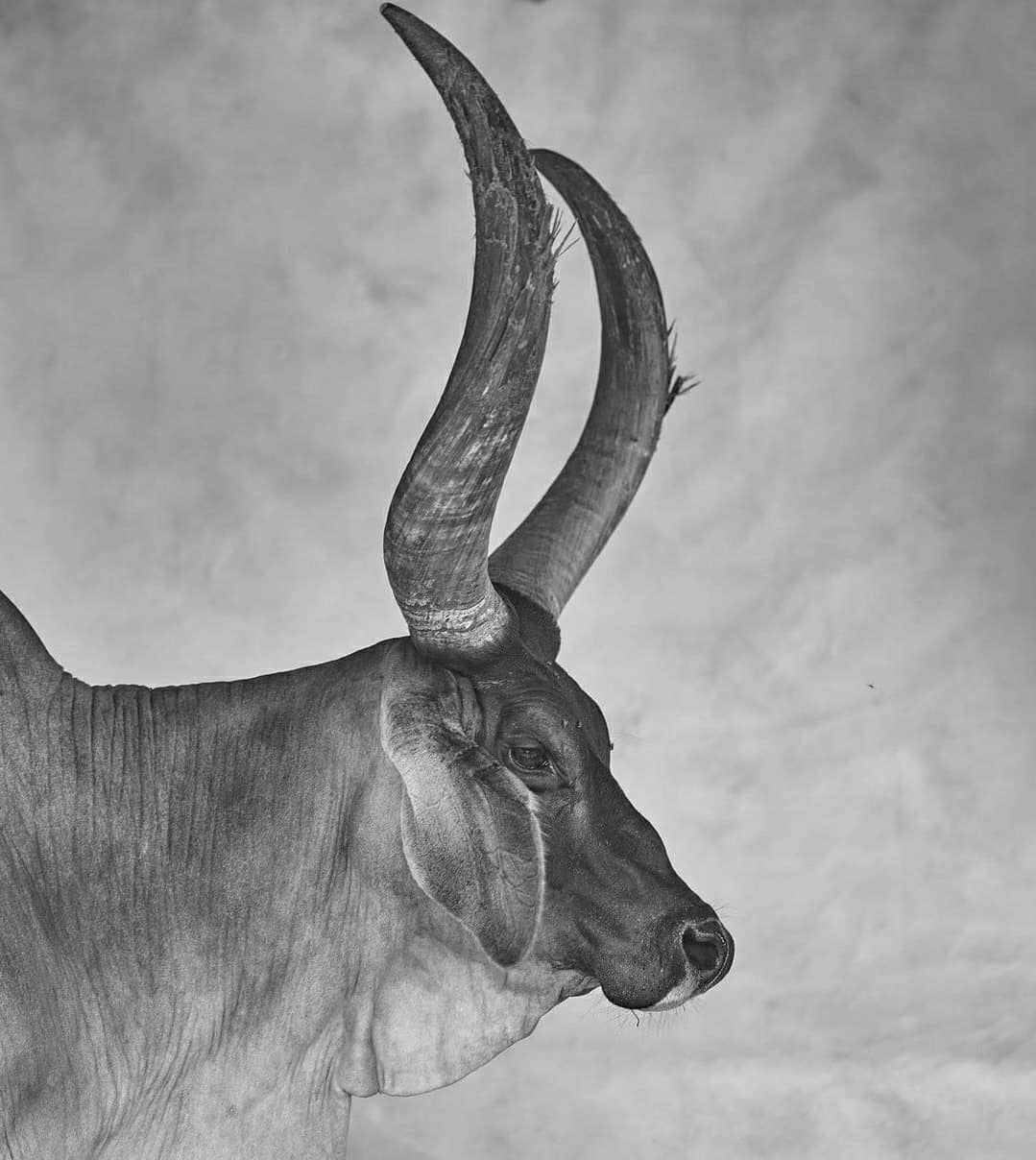

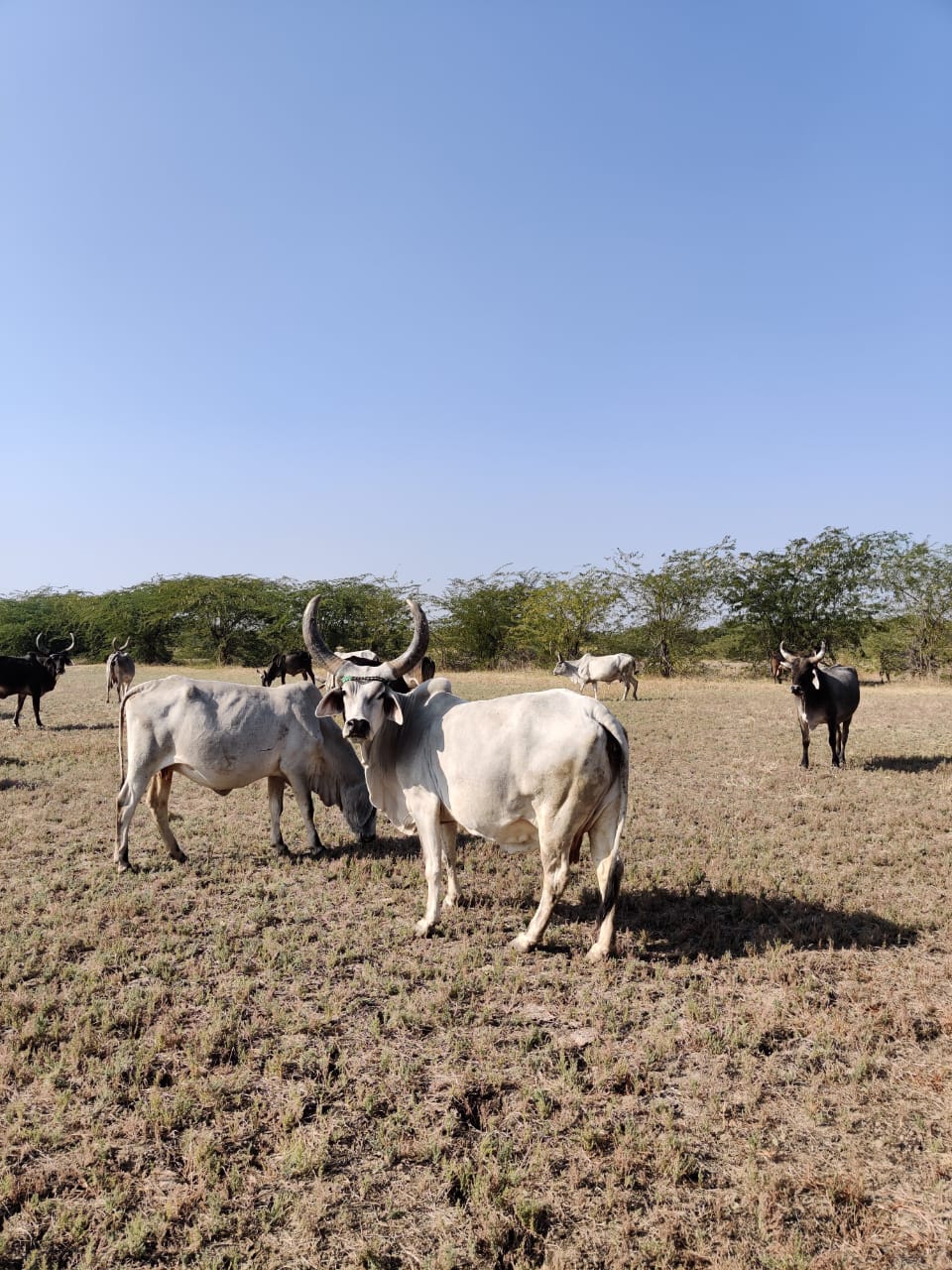
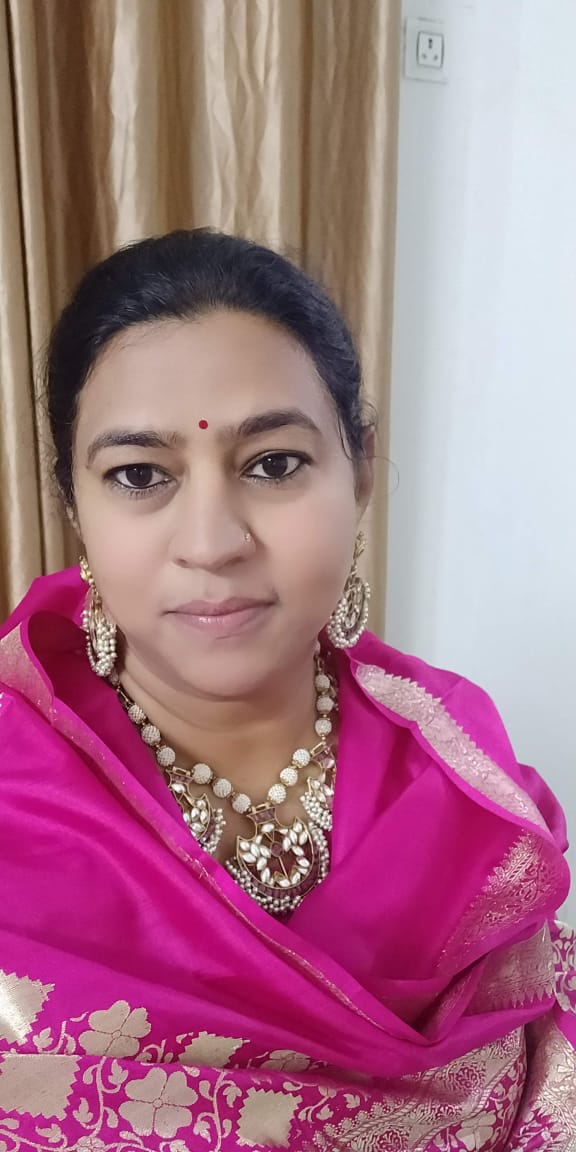
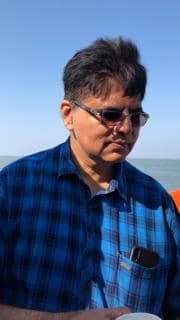


Nice and interesting article